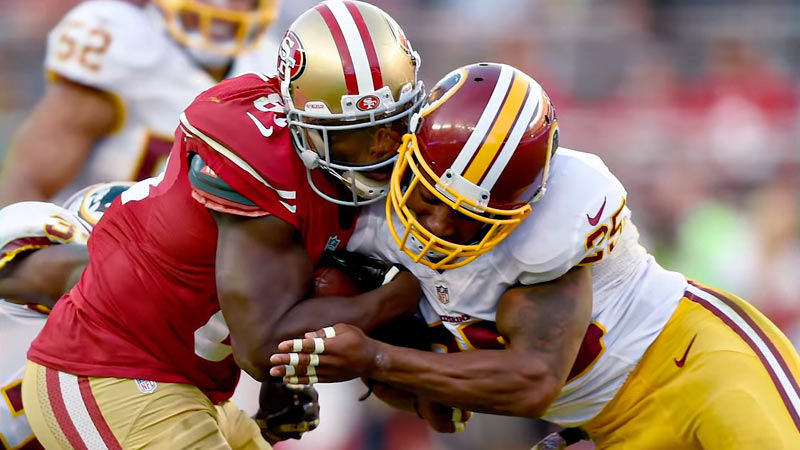American football is a dynamic and captivating sport that combines strategy, athleticism, and teamwork. With its fast-paced action and intricate rules, it has captured the hearts of millions of fans.
Whether you’re a seasoned follower or a newcomer to the game, understanding the fundamental rules is essential to fully appreciate the excitement on the field.
In this guide, we delve into the top 10 rules of American football, shedding light on key aspects that shape the game’s strategy, plays, and outcomes. So, stay focused.
Top 10 Rules Of Football
1. Catch Rule
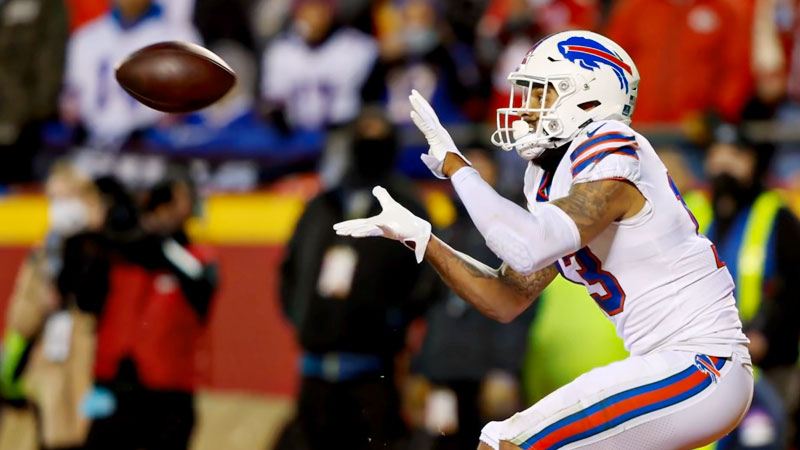
The Catch Rule in American Football pertains to the criteria for determining whether a receiver successfully completes a catch, especially in challenging situations where possession is unclear. The rule aims to provide clarity in assessing catches and preventing disputes.
- Control: The receiver must demonstrate control over the ball throughout the catch process.
- Two Feet (or Body Part): The receiver needs to establish two feet or another body part inbounds while maintaining control of the ball.
- Football Move: After securing the catch, the receiver must make a “football move” like taking a step or reaching forward to establish possession further.
Implementations
The Catch Rule is subject to both on-field officiating and replay reviews. Instant replay provides a detailed examination of the catch, assisting officials in making accurate decisions.
- Challenges: Coaches can challenge catch rulings on the field, giving officials an opportunity to review the play.
- Replay Review: Officials conduct an instant replay review to analyze the catch according to the rule’s criteria.
- Clear and Convincing Evidence: To overturn the call, replay reviews require “clear and convincing” evidence that the original ruling was incorrect.
Penalties
Failing to meet the Catch Rule’s criteria can lead to incomplete passes or turnovers, affecting the game’s outcome.
- Incomplete Pass: If the receiver fails to establish control, both feet (or body part), and perform a football move, the pass is ruled incomplete.
- Turnovers: If a receiver loses possession while making a football move, it can result in fumbles or interceptions.
- Loss of Downs: An incomplete pass due to not meeting catch criteria results in a loss of downs, pushing the offensive team backward.
The Catch Rule in American Football is essential for maintaining consistency and fairness in determining completed passes. By outlining specific control, feet/body parts, and football move criteria, the rule helps referees and replay officials make accurate judgments.
2. Fumble Rule
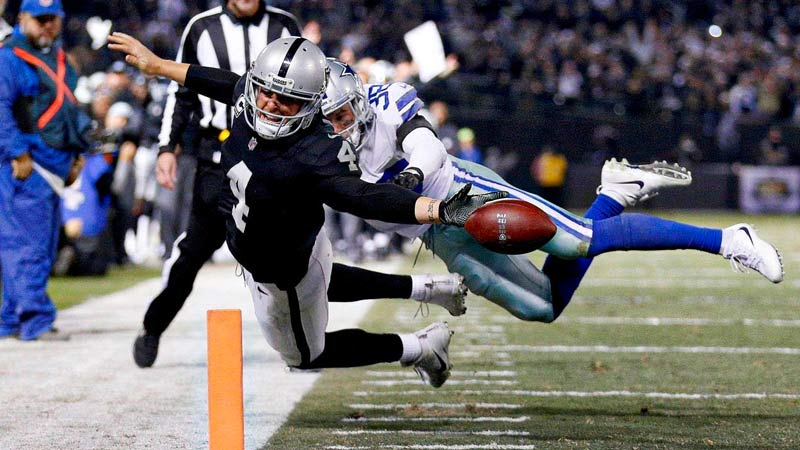
In American football, a fumble occurs when a player in possession of the ball loses control of it due to contact with an opponent, the ground, or any other object. The Fumble Rule dictates how the game proceeds when a fumble occurs, impacting possession and potential turnovers.
Implementations
When a player fumbles the ball, the opposing team has the opportunity to recover it and gain possession. This can lead to significant changes in the course of a game, as turnovers can shift momentum and field position.
The Fumble Rule is applied consistently across all levels of American football, from amateur to professional leagues, ensuring a fair and standardized gameplay experience.
Penalties
Several penalties and consequences are associated with fumbles under the Fumble Rule:
- Fumble Recovery: If the opposing team recovers the fumble, they gain possession at the spot where the fumble was recovered.
- Turnovers: If the fumbling player’s team fails to recover the ball and the opposing team gains possession, it results in a turnover, and the opposing team’s offense takes the field.
- Fumble Out of Bounds: If the ball goes out of bounds after a fumble, the last team to possess the ball before it went out retains possession at the point where it crossed the sideline.
- Fumble in the End Zone: If the ball is fumbled into the end zone and goes out of bounds, it results in a touchback, and the defending team gains possession at their 20-yard line.
- Inadvertent Whistle: If an official blows the whistle while the ball is still live during a fumble, the play is dead, and the team in possession at the time of the whistle retains the ball.
The Fumble Rule is a crucial aspect of American football that governs how possession changes when a player loses control of the ball.
3. Overtime Rules
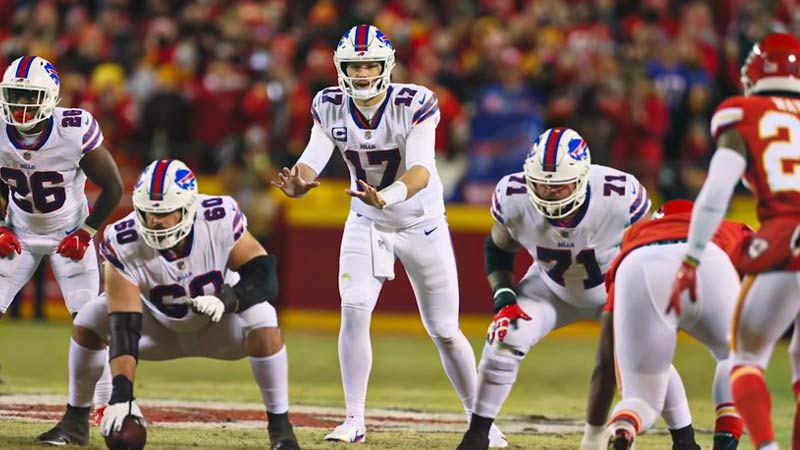
Overtime provides an exciting opportunity for teams to break the deadlock and determine the winner. Here’s an overview of the overtime rules, their implementations, and potential penalties:
- Overtime consists of a 10-minute period divided into two halves.
- Each team gets one possession, starting with a coin toss to decide which team gets the ball first. The team winning the toss can choose to receive the ball or select which end of the field to defend.
- If the team with the first possession scores a touchdown, they win the game. If they score a field goal, the other team gets a possession to either tie with a field goal or win with a touchdown.
- If the game remains tied after both possessions, the game ends as a tie during the regular season. However, in playoff games, the process continues with additional 10-minute periods until a winner is determined.
Implementations
- Each team has three timeouts for each half of the overtime period, just like in regulation time.
- All replay reviews are initiated by the replay official in the final two minutes of the game, including overtime.
- Halftime is limited to 2 minutes, with teams changing ends of the field.
Penalties
- Penalties are enforced as per the regular rules, but certain penalties can have a significant impact due to the shorter overtime duration.
- If a team commits a personal foul or unsportsmanlike conduct penalty during a touchdown play in overtime, the 15-yard penalty is assessed on the ensuing kickoff.
- Possession-changing penalties, like interceptions or fumbles, can result in immediate turnovers.
American football’s overtime rules aim to balance competitiveness, player safety, and fairness. The system ensures that both teams have a shot at possessing the ball and breaking ties, while the sudden-death aspect keeps the excitement levels high.
4. Downs Rules
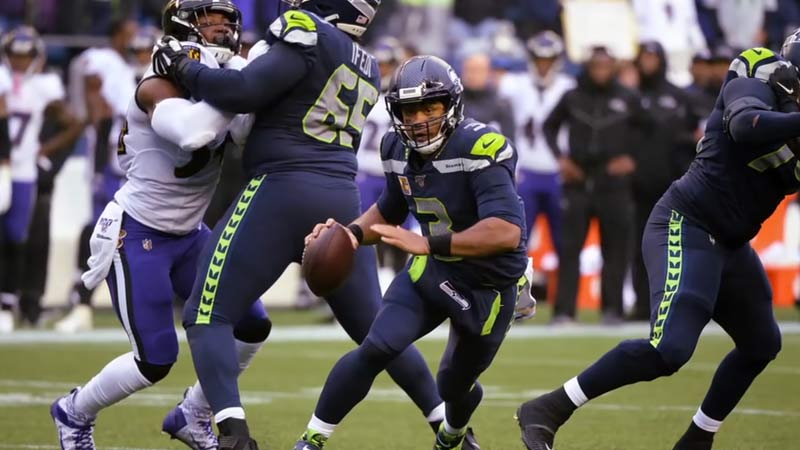
Downs rules are a fundamental aspect of American football that dictate the progression of the game and the opportunities for both offensive and defensive teams to advance down the field.
The downs system is designed to facilitate a fair and strategic game, allowing each team a set number of attempts to advance ten yards toward the opponent’s end zone.
- A standard football play begins with the offensive team on the line of scrimmage, aiming to gain yards and eventually score.
- Each team is allotted four downs (attempts) to advance at least ten yards. Successfully gaining ten yards or more resets the downs count.
- The primary objective for the offense is to move the ball closer to the opposing team’s end zone, ultimately leading to a touchdown or field goal attempt.
- If the offensive team fails to gain ten yards in four downs, possession of the ball is handed over to the opposing team at the spot where the last play concluded.
Implementations
- Offensive teams strategically select plays to maximize their chances of gaining yards and securing a new set of downs.
- Defensive teams aim to prevent the offensive team from advancing by tackling the ball carrier or disrupting passes.
- Coaches often make decisions based on field position, score, and time remaining to determine whether to attempt to gain the necessary yards or to kick the ball away.
Penalties
- Common penalties related to downs include false starts (when an offensive player moves before the ball is snapped), delay of game (failing to initiate a play within the allotted time), and illegal formations.
- Defensive penalties, such as offsides (when a defender crosses the line of scrimmage before the snap) or pass interference (inhibiting a receiver’s ability to catch the ball), can result in automatic first downs for the offensive team.
5. Touchback Rules
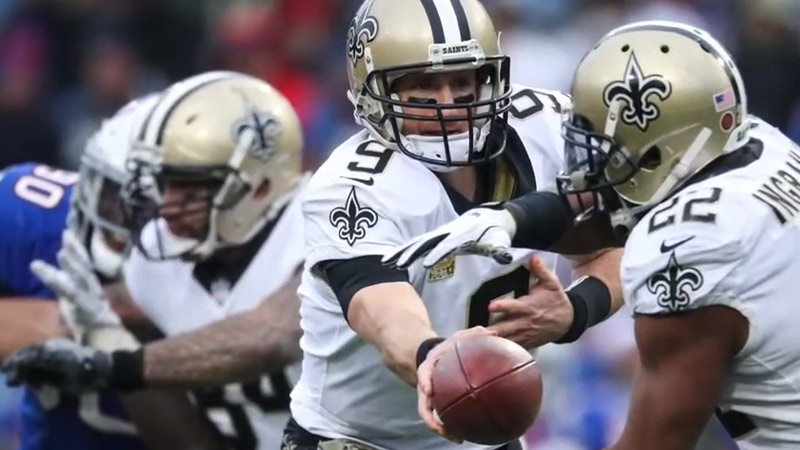
A touchback in American football occurs when the ball is downed by the receiving team in their own end zone, resulting in a stoppage of play and the ball being placed at the 25-yard line for college and professional football. Key rules include:
- Kickoff Touchback: If the receiving team decides not to return the ball after a kickoff and lets it land in their end zone or catches it and kneels down, it results in a touchback.
- Punt Touchback: Similarly, if the punting team’s kick goes into the receiving team’s end zone and is not returned, a touchback is awarded.
- Interception or Fumble Recovery: If the ball is intercepted or recovered by the defense within the offense’s end zone and is not advanced out of the end zone, it’s a touchback.
Implementations
The implementation of touchback rules is consistent across various levels of American football, from high school to the professional level. It encourages fair play and prevents excessive risk-taking in returning the ball from deep within the end zone.
Penalties
While touchbacks typically don’t result in penalties, there are instances where penalties might affect the outcome:
- Touchback Out of Bounds: If a kickoff or a punt goes out of bounds in the receiving team’s end zone, it results in a penalty where the receiving team gains possession at the 40-yard line.
- Fair Catch Interference: If a fair catch is interfered with by the kicking team, penalties might be assessed, affecting the position from which the receiving team starts their drive.
- Kick-Catch Interference: If the kicking team interferes with the receiver’s ability to catch the ball during a kick, penalties are imposed.
So, touchback rules serve to provide a fair and safe option for the receiving team to start their offensive drive.
6. Replay Rules
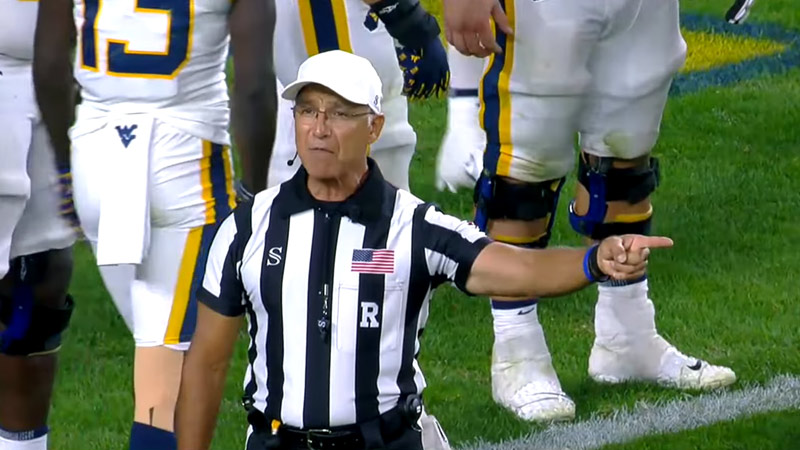
Replay rules in American football serve as a crucial tool for ensuring accurate officiating and fair play during games. These rules enable game-changing plays to be reviewed and verified, thus minimizing errors and enhancing the overall integrity of the sport.
- Challenges: Coaches have the opportunity to challenge specific calls made by the referees, including scoring plays, turnovers, and specific penalties. Each team is typically allotted a certain number of challenges per game.
- Reviewable Plays: Certain types of plays are reviewable, such as scoring plays, possession changes, completed or incomplete passes, and specific fouls or penalties.
- Criteria for Overturning Calls: Replay officials examine the available footage to determine if there is clear and conclusive evidence that the original call was incorrect. The call can only be overturned if such evidence is present.
Implementations
- Replay Booth: Each game is equipped with a replay booth where a team of officials reviews plays that are being challenged. They have access to various camera angles and can slow down the footage to make accurate assessments.
- Communication: The on-field referee wears a microphone and communicates with the replay booth to discuss the challenged play and receive their recommendation.
Penalties
- Unsuccessful Challenges: If a coach challenges a call and the replay review confirms the initial ruling, the challenging team may incur penalties, such as loss of timeouts.
- Exhausted Challenges: If a team uses up its challenges but still wants to challenge another call, they may be penalized with a loss of timeout.
- Delay of Game: If a team takes too long to initiate a challenge or fails to do so within the allotted time, they might receive a delay of game penalty.
So, replay rules have revolutionized American football by introducing a level of precision that was previously unattainable.
7. Onside Kicking Rules
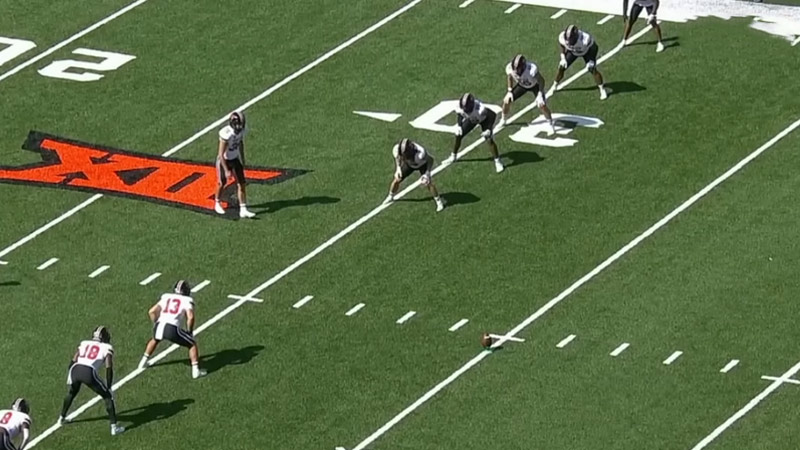
An onside kick is a strategic play in American football where the kicking team attempts to regain possession of the ball after a kickoff. The goal is to kick the ball a short distance, usually high and bouncing, to give their team a chance to recover it.
This maneuver is often used when a team is trailing late in a game and needs to regain possession quickly.
Implementation
- Kick Placement: The ball must travel at least 10 yards from the kicking tee before it can be legally recovered by the kicking team.
- Recovery: Once the ball travels 10 yards, both teams can attempt to recover it. The kicking team typically has a better chance, as they have more players in the area when the ball arrives.
- No Blocking Before 10 Yards: Players on the kicking team cannot block or interfere with players from the receiving team until the ball travels 10 yards or is touched by a receiving team player.
- Touching by Receiving Team: If a member of the receiving team touches the ball before it reaches 10 yards, the ball is considered live, and either team can recover it.
Penalties
- Illegal Touching: If a member of the kicking team touches the ball before it travels 10 yards, it’s considered illegal touching. The receiving team can choose to take possession at the spot of the touch or re-kick after a 5-yard penalty.
- Offside: If any players from the kicking team cross the kicking line before the ball is kicked, it results in an offside penalty, and the receiving team can choose to accept a 5-yard penalty and have the kicking team re-kick or take possession at the spot of the kick.
- Kick Out of Bounds: If the kick goes out of bounds before traveling 10 yards, the receiving team can choose to take possession 25 yards from the kicking team’s kicking spot or re-kick after a 5-yard penalty.
- Illegal Block: If players from the kicking team block members of the receiving team before the ball travels 10 yards, it results in a penalty, typically a 15-yard penalty from the spot of the foul.
Onside kicks add an element of excitement and strategy to American football games, offering teams a last-ditch effort to turn the tide of a match in their favor.
8. Point-After Conversion Rules
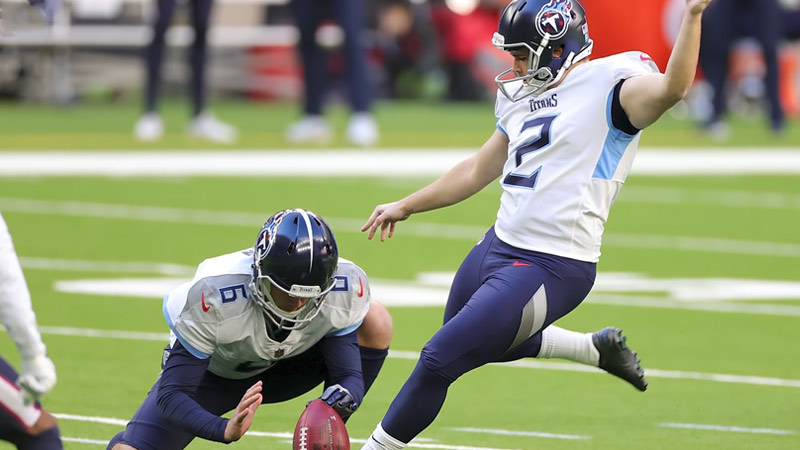
Point-after conversion (PAT) is a crucial phase in American football that follows a touchdown. Teams have the opportunity to earn extra points by successfully executing either a kick or a play from scrimmage.
The PAT rules are designed to add strategy and excitement to the game’s scoring dynamics.
- After a touchdown, the scoring team can opt for a PAT attempt from the opponent’s two-yard line.
- Teams can choose between a kick or a scrimmage play for the PAT.
- A successful kick earns the team one point, while a successful scrimmage play earns two points.
- If the defense gains possession of the ball during a PAT attempt and manages to reach the opposite end zone, they are awarded two points.
Implementations
- The kicking option involves the placekicker attempting to kick the ball through the uprights, similar to a field goal.
- The scrimmage play option requires the offense to execute a play from the two-yard line against the defense.
- Scrimmage plays often involve passing or rushing the ball into the end zone.
Penalties
- If the defense commits a penalty during a PAT attempt, the offense can be awarded a retry from a yard closer to the goal line.
- Likewise, if the offense commits a penalty, the PAT attempt can be moved back a yard.
Point-after conversion attempts are far from guaranteed, adding an element of uncertainty even after a touchdown.
Teams must weigh their offensive strengths and opponent’s weaknesses when choosing between the kicking and scrimmage options. The risk-reward factor adds strategic depth to an otherwise routine aspect of the game.
9. Safety Rules
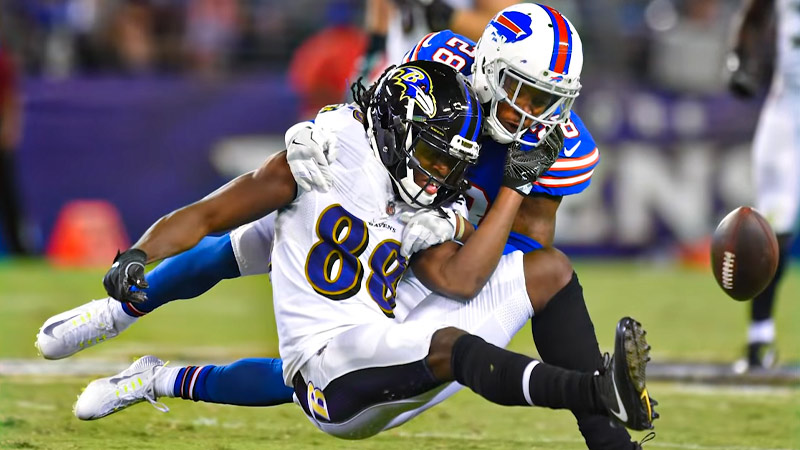
American football is a physically demanding sport that places a high emphasis on player safety. To mitigate the risk of injuries, the game has established a set of safety rules and regulations.
- Helmet Use: All players must wear properly fitted and approved helmets to protect against head injuries.
- Tackling Techniques: Players are taught proper tackling techniques to avoid leading with the helmet and targeting the head of an opponent.
- Blocking Regulations: Offensive and defensive players must engage within certain rules to prevent dangerous and illegal blocks.
- Fair Play: Unsportsmanlike conduct, such as taunting or excessive aggression, is prohibited to maintain a respectful and safe environment.
- Kickoff and Punt Rules: The kickoff and punt rules have been altered to limit high-speed collisions and promote player safety.
Implementations
- Training and Education: Players, coaches, and officials undergo comprehensive training to understand and implement the safety rules effectively.
- Concussion Protocols: Strict protocols are in place to identify and manage concussions, including mandatory evaluations before a player can return to the game.
- Equipment Standards: The league enforces stringent equipment standards to ensure that players wear proper gear that is up to date and well-maintained.
- Sideline Medical Personnel: Trained medical personnel are present on the sidelines to provide immediate care to injured players.
Penalties
- Personal Fouls: These penalties are enforced for actions that endanger opponents, such as roughing the passer or unnecessary roughness.
- Unsportsmanlike Conduct: Players can be penalized for taunting, fighting, or displaying behavior that goes against the spirit of fair play.
- Targeting: Deliberate targeting of an opponent’s head or neck with the crown of the helmet results in a penalty and potential ejection.
- Hitting a Defenseless Player: Players cannot hit an opponent who is in a vulnerable position like a receiver attempting to make a catch.
So, safety is paramount in American football, and the sport has implemented a range of rules, protocols, and penalties to safeguard its players.
10. Targeting Rule
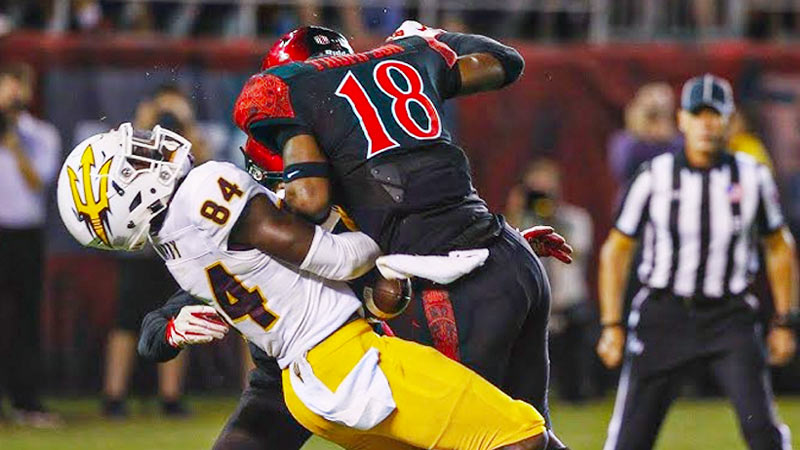
The targeting rule in American football is a crucial player safety measure designed to prevent dangerous hits and reduce the risk of head and neck injuries.
This rule primarily addresses instances where a player intentionally strikes an opponent above the shoulders using the crown of their helmet, leading with the helmet, or initiating contact with the head. The implementation of the targeting rule reflects the sport’s commitment to player safety while ensuring fair play.
- Contact Zone: The rule applies to hits made above the shoulders, primarily focusing on hits to the head and neck area of defenseless players.
- Crown of the Helmet: Players are prohibited from initiating contact with the crown of their helmet. This aims to prevent helmet-to-helmet hits that can cause severe injuries.
- Defenseless Players: Receivers in the act of making a catch, players focused on returning a punt or kickoff, and quarterbacks after releasing the ball are considered defenseless and receive special protection.
Implementations
- Instant Replay Review: Referees can review targeting calls using instant replay to ensure accurate decisions.
- Ejection: If a player is deemed to have intentionally targeted an opponent above the shoulders, they are ejected from the game and potentially face suspension for the next game.
Penalties
- 15-Yard Penalty: A targeting foul results in a 15-yard penalty assessed against the offending team.
- Player Disqualification: Along with the penalty yardage, the player who committed the targeting foul is immediately ejected from the game.
In recent years, the targeting rule has sparked discussions regarding its consistency in application and potential unintended consequences, such as subjective judgments leading to ejections.
FAQs
What are the essential objectives of American football?
American football centers around two primary objectives: advancing the ball down the field to score touchdowns and preventing the opposing team from doing the same through defensive strategies.
How is the field structured, and what are yard lines?
The football field consists of 100 yards in length and is divided into sections known as yard lines. These lines are crucial for measuring the distance a team must travel to reach the end zone.
What is a touchdown, and how is it achieved?
A touchdown is worth six points and is scored when a player carries or catches the ball into the opponent’s end zone. The team with the most touchdowns at the end of the game wins.
What is the role of the quarterback in American football?
The quarterback is a pivotal player responsible for directing the team’s offensive plays. They receive the snap from the center and can pass the ball to receivers or hand it off to running backs.
How do downs and the line of scrimmage work?
Each team has four downs, or attempts, to advance the ball at least 10 yards. The line of scrimmage marks the starting point for each play, and teams aim to move the ball beyond this line to gain a new set of downs.
Wrapping Up
American football’s intricacies are part of what makes it an engaging and beloved sport. By familiarizing yourself with the top 10 rules, you’ll be equipped to follow the action on the field with greater insight.
From touchdowns to tackles, quarterbacks to defensive strategies, each rule contributes to the tapestry of this exhilarating game.
So, whether you’re watching from the bleachers or the comfort of your home, these rules will serve as your playbook to decode the exciting world of American football. Best of luck.

